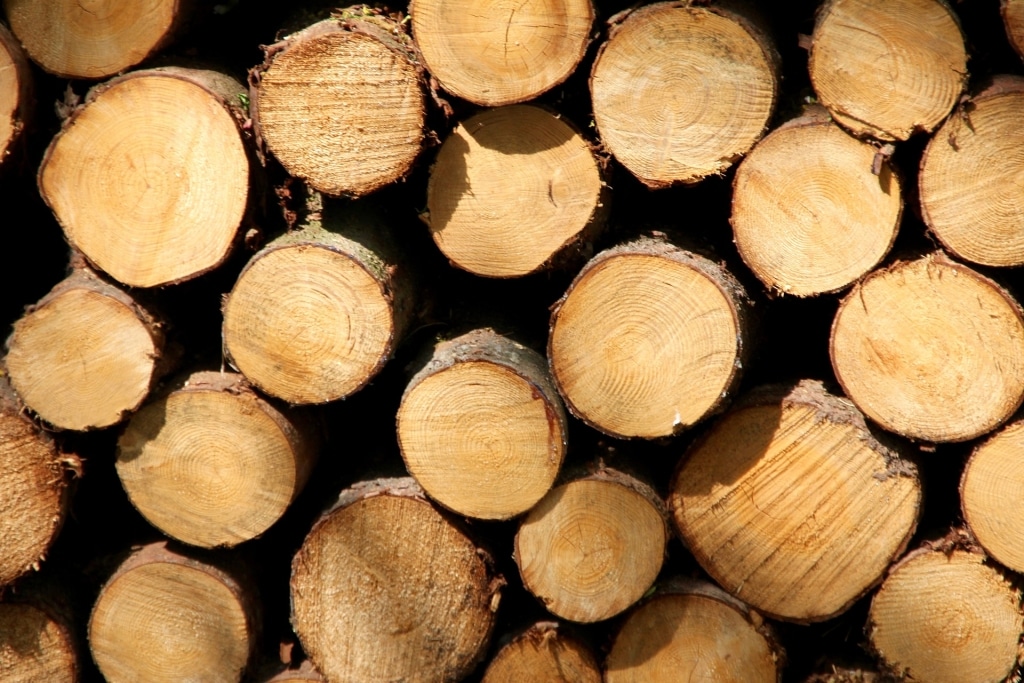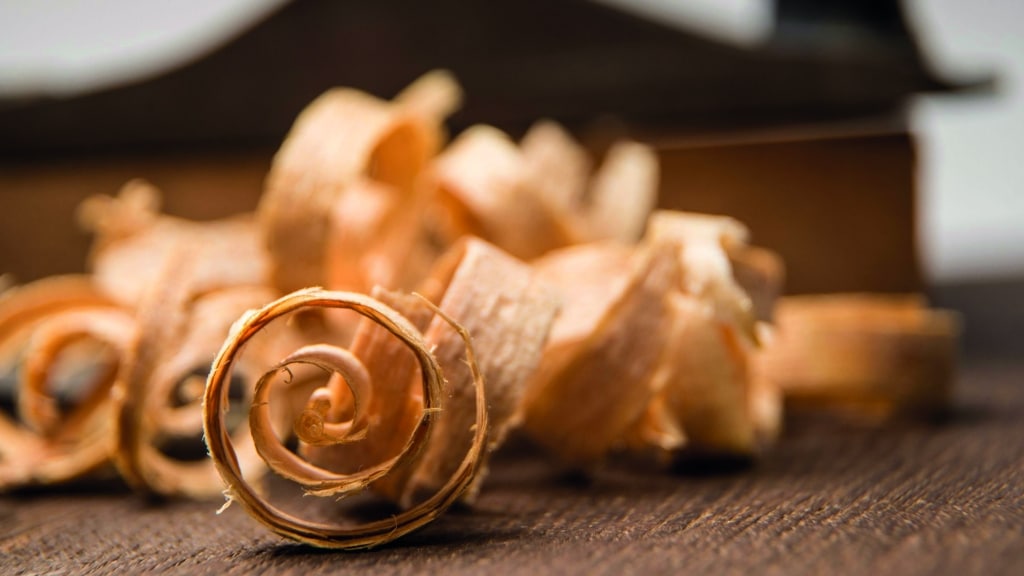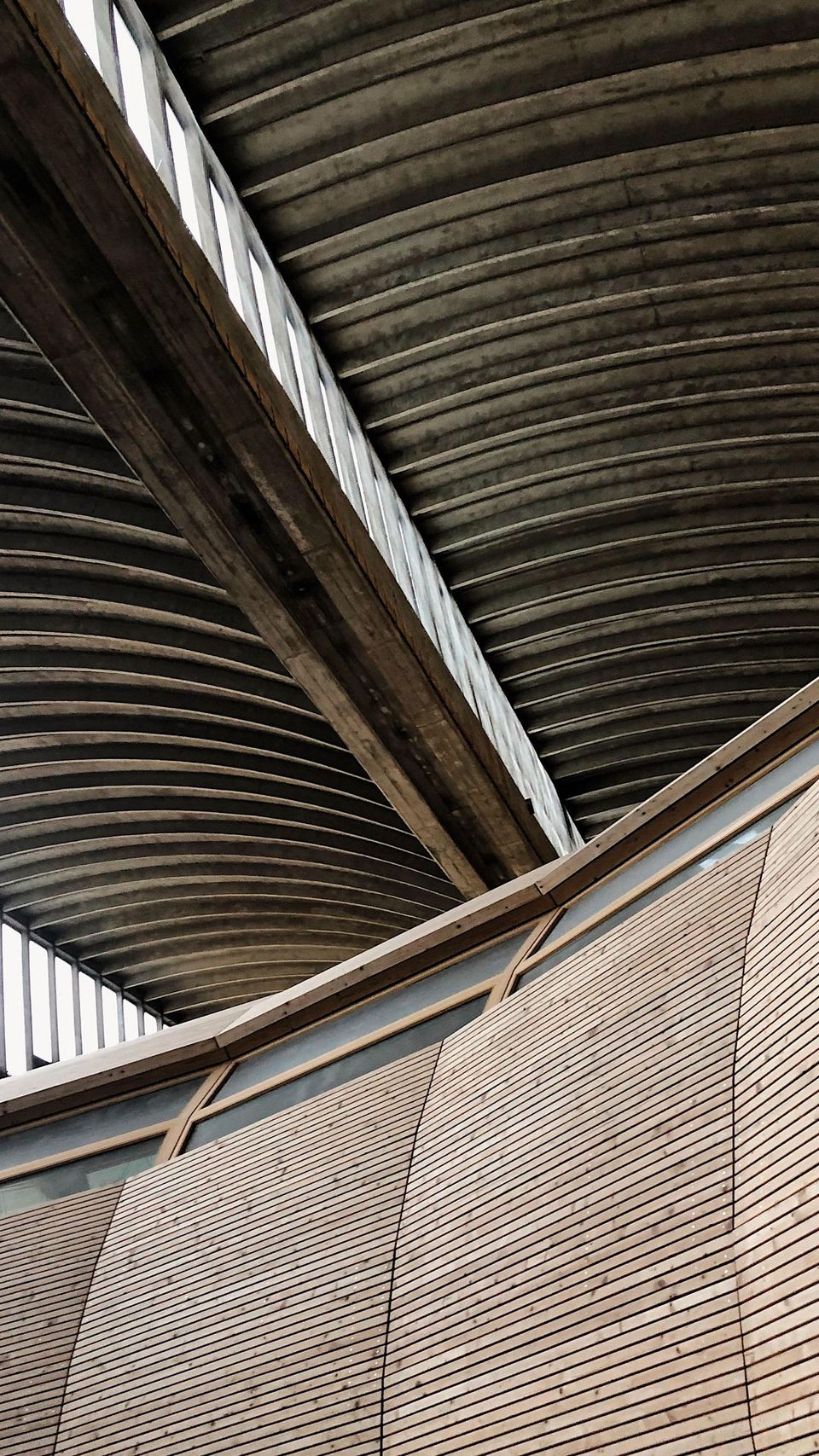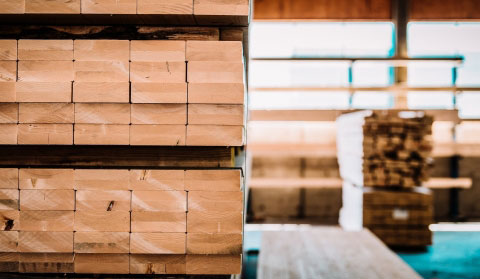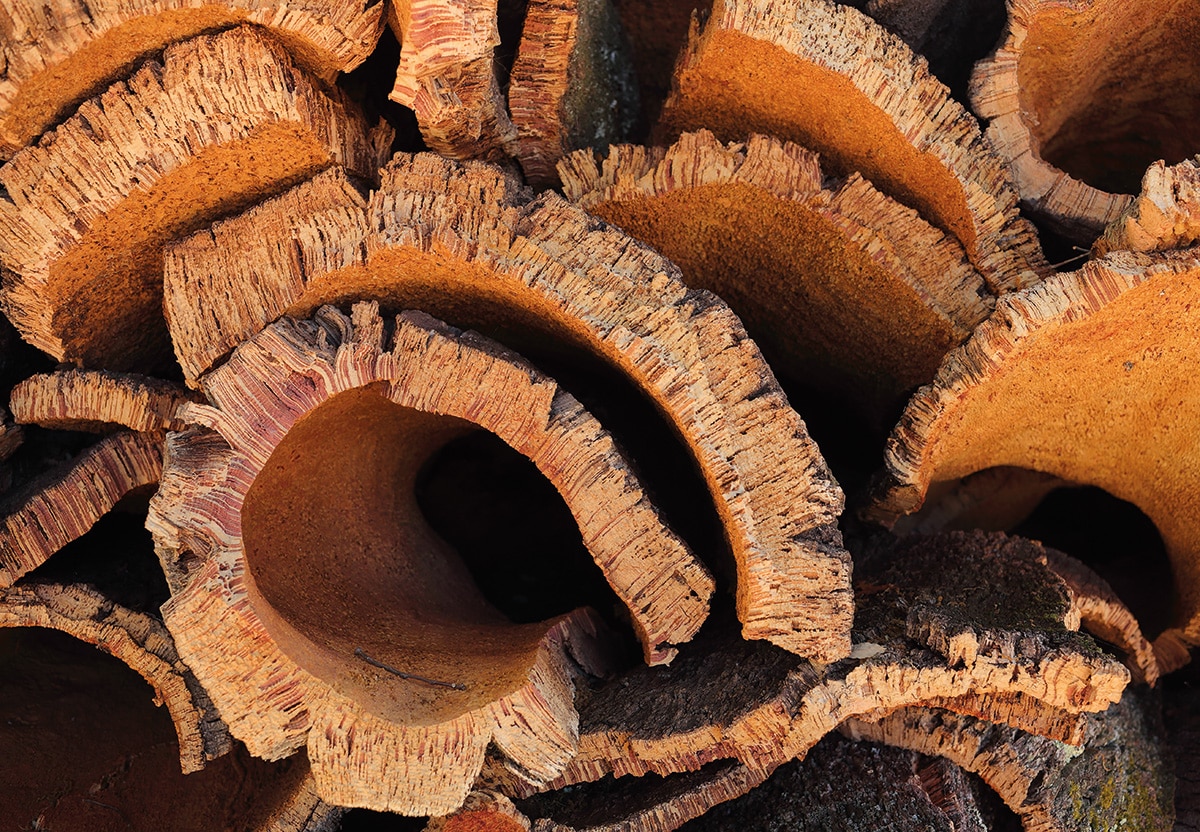
Cork as insulating material
Natural and sustainable
Pressed corkboard production
The cork oak has a feature that distinguishes it significantly from other plants: its bark forms quickly and at a thickness seen in no other tree. To avoid harming the tree, the bark is stripped by hand and then processed to make cord boards as insulating material.
First, the bark is crushed in order to make ready-for-use insulating material from the cork bark harvested from the tree approx. every 10 years. The crushed cork is then roasted, and the waxy elements in the bark bind together. The organic polymer suberin found in the cell walls melts under pressure to form a natural paste. This is how the cork boards are produced with their typical brown colour. The blocks are then cut to size, calibrated and the dust is removed. This results in completely oblong level boards with different diameters that are very easy to install in the outer walls.
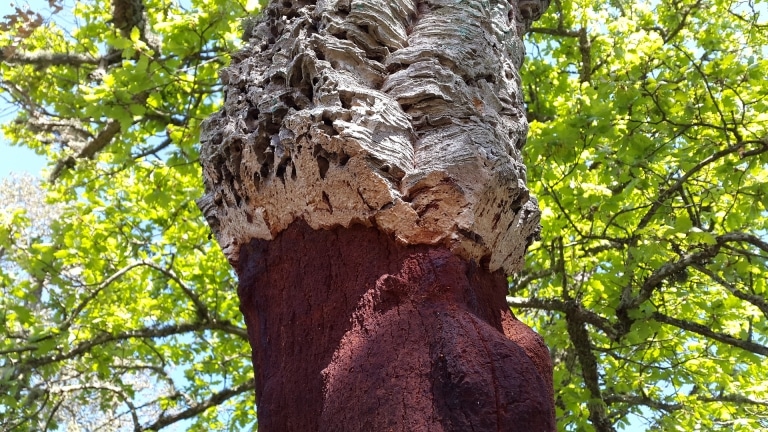
Benefits
of cork
Natural and environmentally- friendly
The raw material cork is processed into pressed corkboard without using any artificial adhesives. The resin that it naturally contains is enough to act as a “glue”.
Cork is one of the most durable materials and is 100% recyclable. Cork of course also binds the greenhouse gas CO2 – and even does this repeatedly through multiple harvests in the life of one tree.
Cork is a poor heat conductor and therefore an ideal insulating material thanks to its composition. This saves you heating costs and energy
Cork is very light and flexible, has no diffusion barrier, is able to withstand pressure, and is also dimensionally- stable, decay-resistant and weather-resistant. It is earthquake resistant and impervious to water- and to many acids and other substances.
Cork is also not combustible even in extreme heat as a result of its thermal inertia. No harmful gases escape.
Cork is able to absorb loud noises perfectly and therefore provides ideal sound insulation values.
